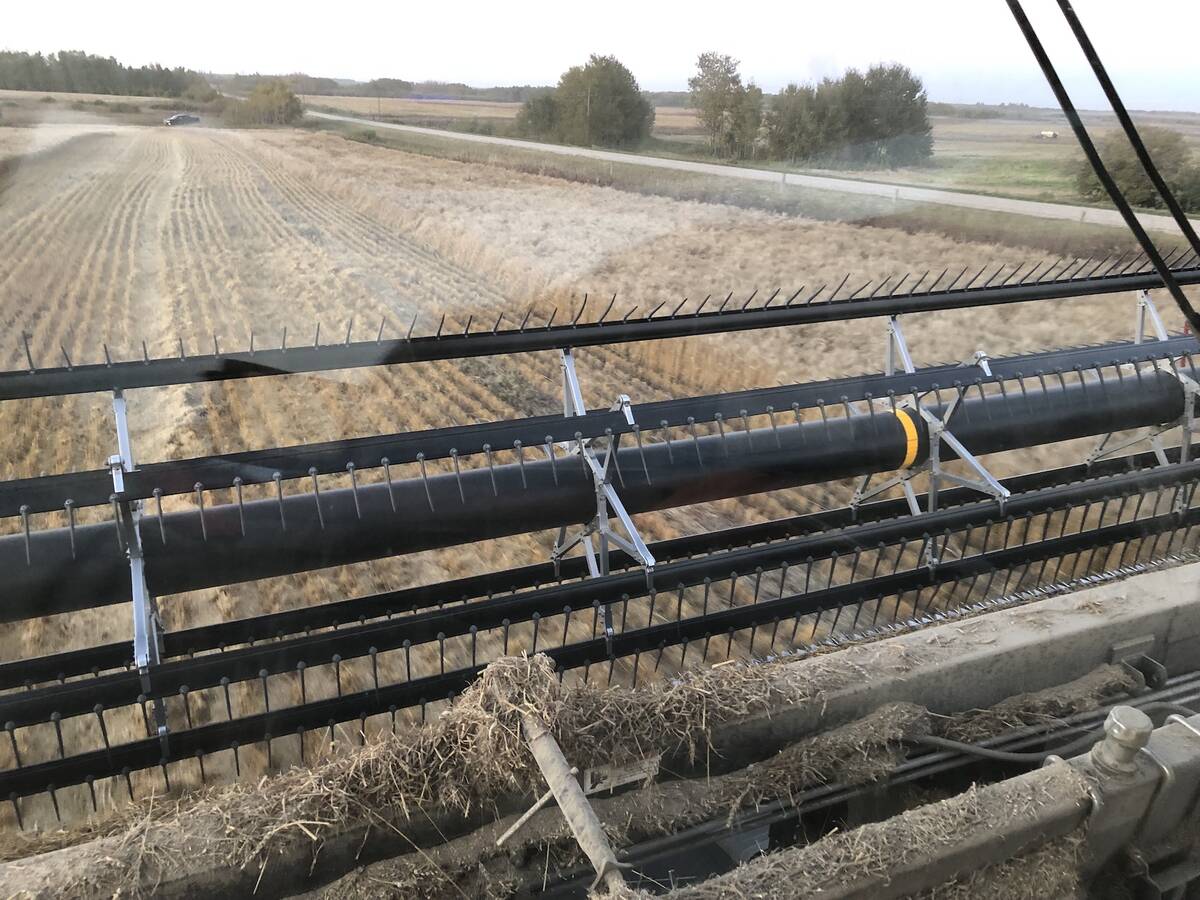It might be time to consider the business case for the humble slough, pothole and other low-lying areas on your land.
Typically they’re viewed as an annoyance at best, and a waste at worst. Larger equipment has made draining them more tempting over the years and there’s always the understandable desire to maximize acreage by simply draining them and planting right over them.
But one researcher says that’s simply taking a short-term gain in exchange for what’s looking increasingly like a helping of long-term pain.
Read Also

The poetic epic of Manitoba farming 2025
Former Manitoba Co-operator editor John Morriss returns for his yearly poetic sum up of the farming year and look ahead into 2026.
Masaki Hayashi, a geoscience professor at the University of Calgary, has been studying the role of these low-lying bits of Prairie topography (see this story from our FarmIt section). In particular he’s looked at how they contribute to replenishing the region’s precious groundwater.
In a semi-arid region like Western Canada, farms typically run a moisture deficit during the growing season of between two and four inches for their typical crops. That makes moisture their most common yield-limiting factor, and what happens with soil moisture outside the growing season extra important.
There are two great periods of recharge for this region. There’s the fall season after crops have been harvested. Without growing plants in the soil, that rainfall can infiltrate the soil and then await the next crop in the spring.
Then there’s the annual snowmelt. This is the area Hayashi has looked most closely at, and it’s a very important annual event for the region’s groundwater recharge, and it’s these low-lying depressions in the topography that make it possible.
Every winter a significant amount of precipitation falls onto the landscape and awaits the spring melt. Take the Brandon area, for example, where in an average year 37.5 inches of snow comes down.
Equating that to rainfall isn’t easy, because as anyone who’s seen snow fall knows, that snow can be wet, dry and all gradations in between. But most online snow-to-rain calculators (yes, they’re a thing) suggest that would mean Brandon has between just under three inches and just under five inches of water arriving every spring.
In the natural, pockmarked ecosystem, that melt water would pool in these low spots. Some would stay full all summer long, but others would simply hold the water until the underlying soil had melted, allowing it to infiltrate the earth.
When those low-lying areas are drained, they can no longer provide that service. Which shortens the trip that water takes to a ditch, then stream, and river, and ultimately to somewhere in Hudson’s Bay, where it won’t do agriculture in Manitoba much good.
So the question farmers need to ask themselves when they drain a wetland is, how much is that water worth to them?
It certainly helps boost production around a wetland during a dry year. Cattle producers can, no doubt, attest to that.
And during a dry cycles, subsoil moisture is frequently the deciding factor between a wreck and a decent crop that comes off despite the odds.
Catching every last drop of snowmelt could become even more important over the coming years and decades.
Climate change and its effect on agriculture is still a muddy issue. Some studies, like one released by Agriculture Canada in late 2019, suggest it could be a boon for Prairie crops like wheat and canola, with yields in some parts of the region increasing by as much as 30 per cent, especially in its northern margins.
But that study came with an enormous caveat — it was limited to calculating the effect of higher carbon dioxide levels and didn’t take into account the effect of weather events like hail, flood and, crucially, drought.
It’s a combine-sized loophole and it ignores the risks most researchers see — and those risks include warmer and shorter winters, with less opportunity for that snowpack to accumulate.
As researcher Hayashi points out in the article, that will likely mean a sizable reduction in that spring recharge year after year, which will mean less resiliency for the overall agriculture system and less opportunity for things like irrigation expansion as aquifers fall.
Here in Manitoba we’ve got a few examples of water management that address this question. The Deerwood Soil and Water Management Association’s small dam projects along the escarpment come to mind.
At least one research at the Winnipeg offices of the International Institute for Sustainable Development has long promoted the idea of catchment ponds adjacent to farm fields.
These are all ideas worth considering. But it’s unclear whether there’s enough time, money and energy available to recreate the work of Mother Nature.
Perhaps society would be better served by preserving — and paying for that preservation if necessary — of the natural infrastructure that remains on the region’s farm fields.
















